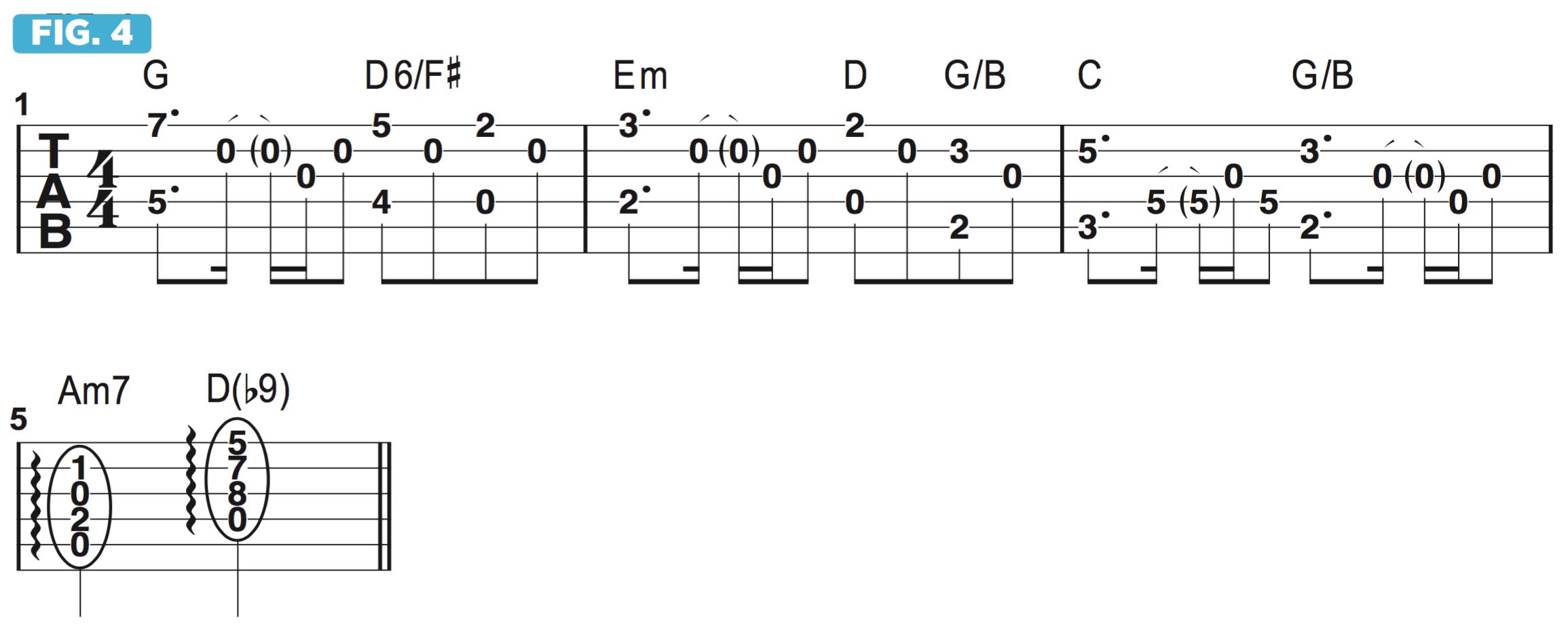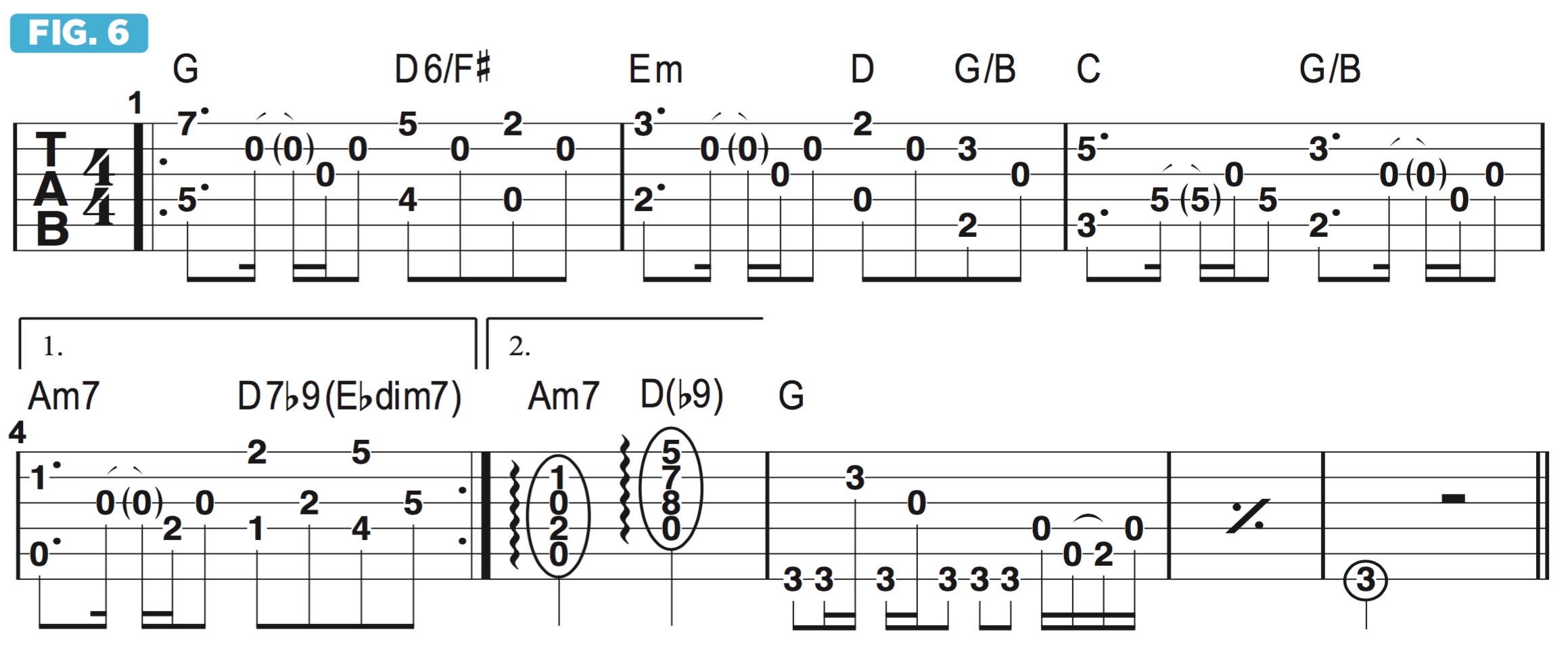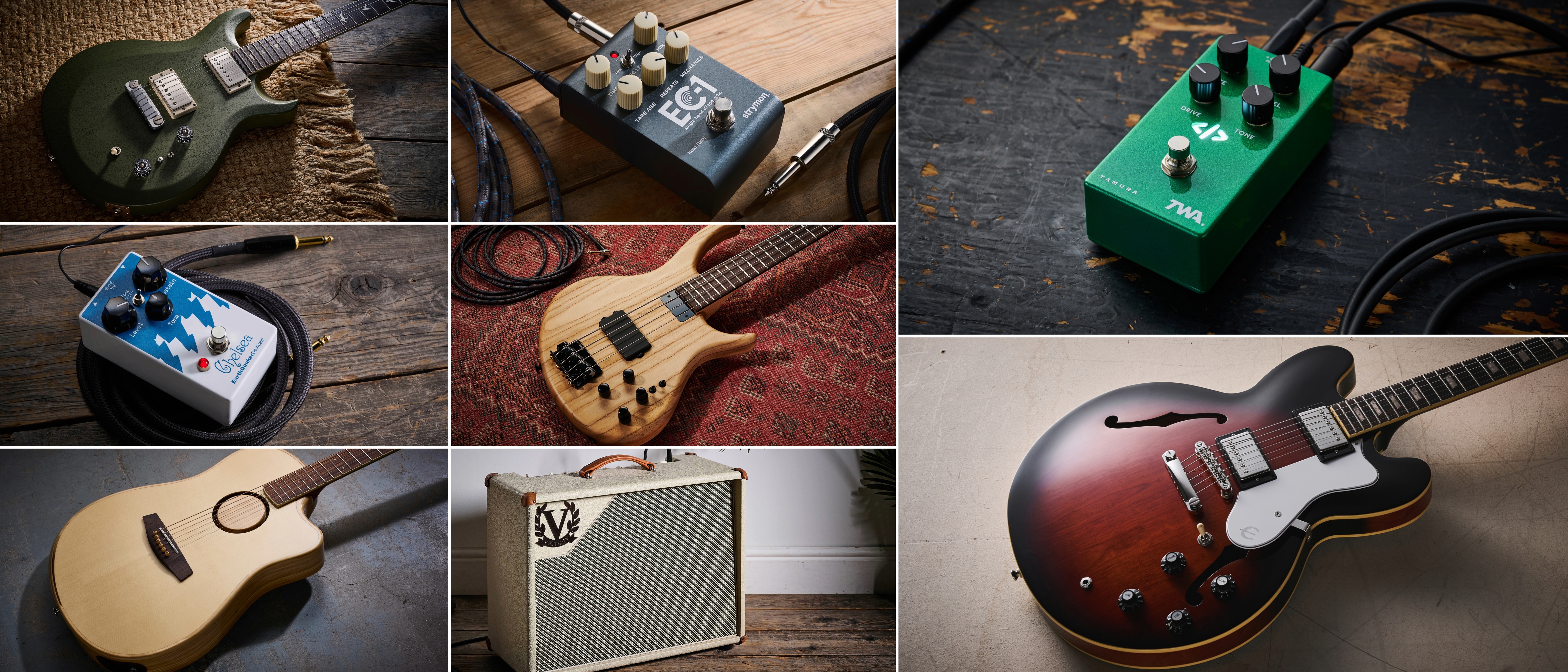How to craft chord progressions using 10th intervals
Joel Hoekstra walks us through the acoustic section of Whitesnake's After All for a fingerstyle lesson in music theory
In this column, I present the acoustic guitar part I recorded for the solo section of the song “After All,” featured on the latest Whitesnake album, Flesh and Blood.
The rhythm parts of this song are performed on acoustic guitar utilizing fingerpicking, with the thumb striking the lower strings and the index and middle fingers picking the notes on the higher strings, which are played in a syncopated rhythm.
I’m not using a standard fingerpicking approach here. Instead, I created a fingerpicking pattern that accentuates a melodic line as sounded on the highest string for each chord in the progression.
Building acoustic rhythm parts with 10ths is very common, one of the most recognizable examples being Blackbird by the Beatles
Most of the chord shapes used here begin with two-notes that are played together and form a 10th interval, which is 3rd plus an octave.
For example, if we’re in the key of G major and have a G note, the note that creates the harmony of a 3rd above it is B, located two whole steps, or a major 3rd, higher. If we instead play B one octave higher, that note is found seven scale degrees above the 3rd, and so 3 + 7 = 10.
This is most easily understood by thinking of the notes of the G major scale: G, A, B, C, D, E, F#. You can see that B is the 3rd note of the scale, and, when played together with G, it creates the harmony of a 3rd.
If we expand the scale through two octaves – G, A, B, C, D, E, F#, G, A, B, C, D, E, F# – you can see that the B note in the second octave is the 10th scale degree.
All the latest guitar news, interviews, lessons, reviews, deals and more, direct to your inbox!
Building acoustic rhythm parts with 10ths is very common, one of the most recognizable examples being Blackbird by the Beatles.
As shown in Fig 1, the chords are sounded on beats 1, 3 and 4, and I add the open G and B strings between each chord shape as pedal tones. I begin on G and then move down to D6/F# and D, followed by Em.
Fig 2 expands the look at the rhythm part to the first two bars; in bar 2, Em is followed by D and G/B. As you play, listen for the melody that is formed by the sequence of the highest notes in each chord voicing.
Fig 3 illustrates the next segment, starting on C and followed by G/B and Am7. I end this section with the slightly unusual D7b9 voicing (which may also be analyzed as Ebdim7), built from the notes Eb, A, F# and C.
This chord functions as an altered-dominant version of the V (five) chord, D, which resolves back to the I (one), G.
The second half of the section begins the same way (see Fig 4), but I end it by raking the strings (low to high) for the Am7 and D(b9) chords.
The section then ends with the G chord pattern shown in Fig 5, and Fig 6 puts everything together.
This is my last installment of School of Rock for now. I hope you’ve enjoyed these columns and very much hope to see you out on the road again sometime soon… Stay safe, everyone!
- Joel Hoekstra plays for Whitesnake, the Trans-Siberian Orchestra, Cher and his own side project, Joel Hoekstra's 13
- Whitesnake's latest album, Flesh & Blood, is out now






